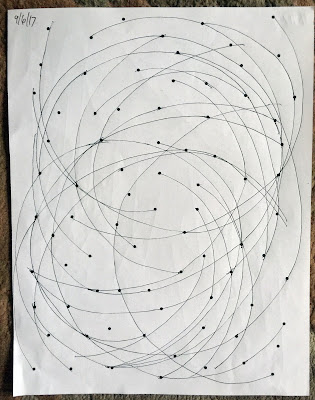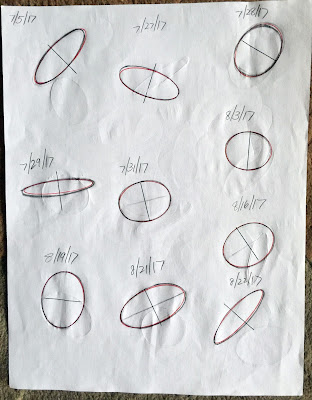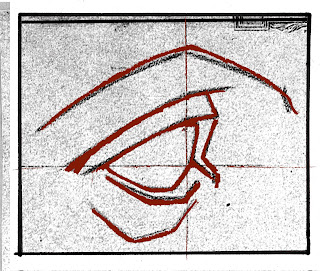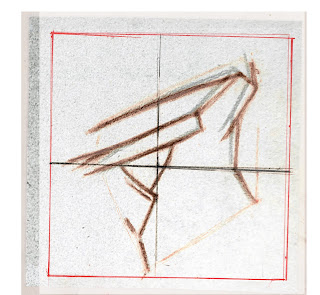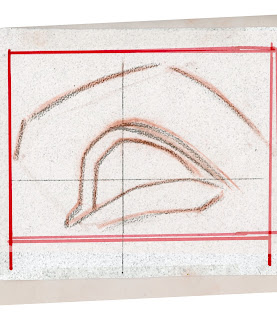The Women in Animation (WIA) New York City chapter on Tuesday, October 10, hosted a sit-down with 4 animation directors at the School of Visual Arts.
From WIA:
Co-President Marge Dean (GM for Stoopid Buddy), Mark Osborne (Director of "The Little Prince" and more), Sarah Ball (Director of "Chuggington" and "Bob the Builder" and more) and Cecila Puglesi (Director of "Shift").
Our speakers will talk about how they became animation directors and about animation directing in general. Marge Dean will share with us the important work WIA is doing to realize a 50/50 gender balance in creative leadership positions within the animation industry by 2025. Inspiring you to become an animation director will certainly help in attaining this goal.Here's what I took away from the evening:
- It's important to make an animated short. It can open doors.
- It's more important to finish something than to spend endless amounts of time making it perfect.
- Say "yes" to things that you can't necessarily at that moment see where they will lead.
- Have patience and perseverance.
- Create your own opportunities.
- Most of American animation is either for kids or comedy.
- If an animated short is really funny and has a unique voice, the quality of the animation doesn't have to be high.
- The Powers That Be feel that good animation isn't funny.
It's this last point that shocked and disheartened me. I had always assumed that the low quality of tv animation was the result of a lack of craft and skills combined with the never-ending need to keep the budget low.
It never occurred to me that people believe that you can't have funny animation that looks good!
I'm not going to let this dissuade me from bringing to my ideas the highest quality I can create. It does, however, make me realize that if I want to pitch an artistically high quality show, it's necessary that I prove that it's economical.
Thank you to the panel for their insights and suggestions!








